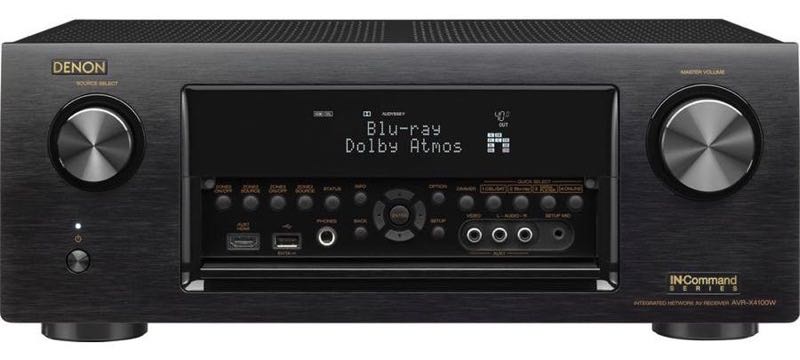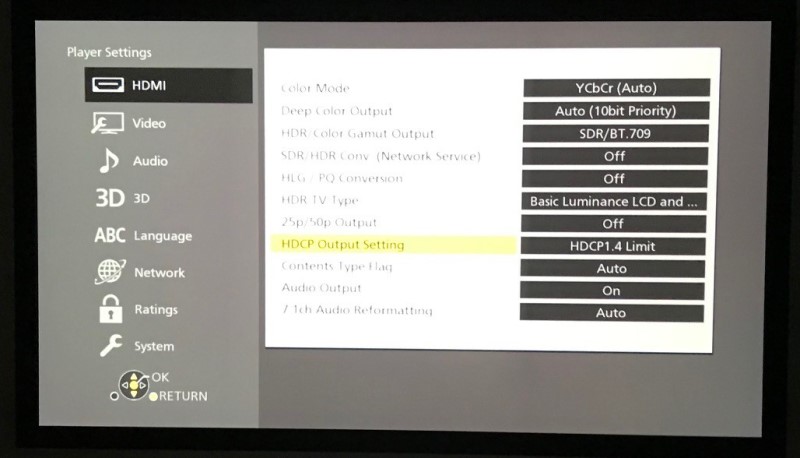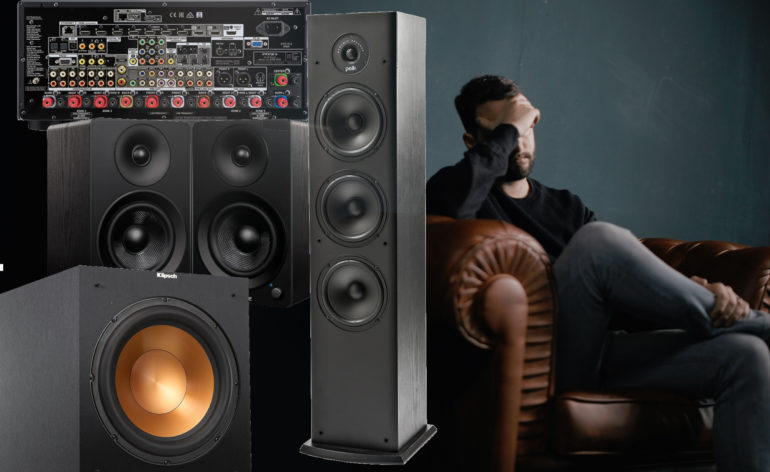How To Get Help With Your Home Theater
When you need help with your home theater or AV gear, you can turn to many sources. There are podcasts, forums, and message boards to name a few. You can even go to your local installer or retailer and ask around there. But, inevitably, they’ll have questions for you. Before they can help you, they’ll need some information. After answering literally thousands of questions about home theater and AV, I can tell you, with some authority, what you’ll need to know in order to get the help you want.
Before we begin, let me remind you that a picture is worth a thousand words. If you want help with your home theater or AV woes, take lots of pictures. Of your gear, of your room, of your connections…everything. Your phone can likely store hundreds of pictures and you can delete them afterward. Don’t be stingy. Less is not more. More is more.
What Is Exactly Happening
If you want to get help for your home theater problem, you need to be very specific about what problem you are having. Too many questions are so vague as to be unanswerable. Something “not working” can mean all sorts of things. Not working can mean “won’t turn on” to “seems to open a portal to hell.” Not working for speakers could mean “no sound at all” to “no sound for only one source.”
Include in your question any troubleshooting you’ve already done. If your speakers aren’t working, do they work when you run the room correction program or test tones? Does your TV not turn on or does the picture flicker and then go away? Does your streaming device work with some apps but not others? All these details will help those trying to help you.

All Gear with Model Numbers
You will need to know what gear you have and you’ll need to be specific. And when I say all, I mean ALL! You may think that you know which pieces of gear are the problems, but you are often wrong. With HDMI, anything in the signal chain could be causing the issue. Listing every piece of gear in your home theater helps. Don’t leave out any switches or extra boxes. Anything that is in the room should be part of the list.
How Everything is Connected
When listing your gear, don’t forget about how everything is connected. Are you using HDMI CEC? That’s an important piece of information as CEC can be the cause of a lot of problems. You’ll also want to specifically list (and maybe include a link to) the exact HDMI cable you are using. If you are trying to get the very highest resolution and framerates, the HDMI cable can often be the problem.
Settings on All Devices
When you are having issues with your home theater, it helps to know the settings of all your devices. You’ve connected your AV receiver to your display and your speakers to your AV receiver. What input is the display on? What about the AV receiver? In the display settings, how is everything configured? What is displayed on the front of the receiver when you are trying to get everything to work?
Some of these menu settings can be pretty complicated. TAKE PICTURES! If you throw up a picture, or show one to someone, they’ll be able to decipher it for you. They may not need all this information, but it doesn’t hurt. As someone that helps people with their home theaters all the time, I’d rather have too much information rather than not enough.

Know Your Room
Remember those pictures I mentioned above? Use lots of them here. You need to know the dimensions of your room. Not the home theater space, but the whole room. You need to know (especially if you have a subwoofer or speaker question) the total cubic space in the room. This is from door to door. So if your home theater is a rectangular room with a door, measure it. If it is a great room that is open to other parts of the house, you need to know the total volume of air. This will help those that are trying to help you with your home theater.
Mention All “Weirdness” That Also Happens
I can’t tell you how many times I’ve said, “I’m surprised X isn’t also happening.” Invariably, the person responds, “Oh yeah, it does. But I didn’t think it was connected.”
If you are having problems with your speakers not playing, and your display is also doing something weird, mention it. Too often in home theater, seemingly unrelated problems help inform the underlying cause. And I do mean anything. Do the lights flicker when you flip on the vacuum cleaner? Mention it. Thumps from your speakers and/or subwoofer when you power stuff on? Mention it. If it is not normal in any way, at least let the person that is trying to help you know. It might be the key to unlocking your mystery.
Take Away
Questions like, “My Netflix button no longer works on my remote, does anyone know why?” are common online. Button on which remote? Controlling which device? Connected to what other devices? And what do you mean when you say, “Doesn’t work?” Does your TV start to smoke, does it bring up Hulu instead, or does simply nothing happen? To get accurate and helpful advice on your home theater woes, you need the correct information on hand.


